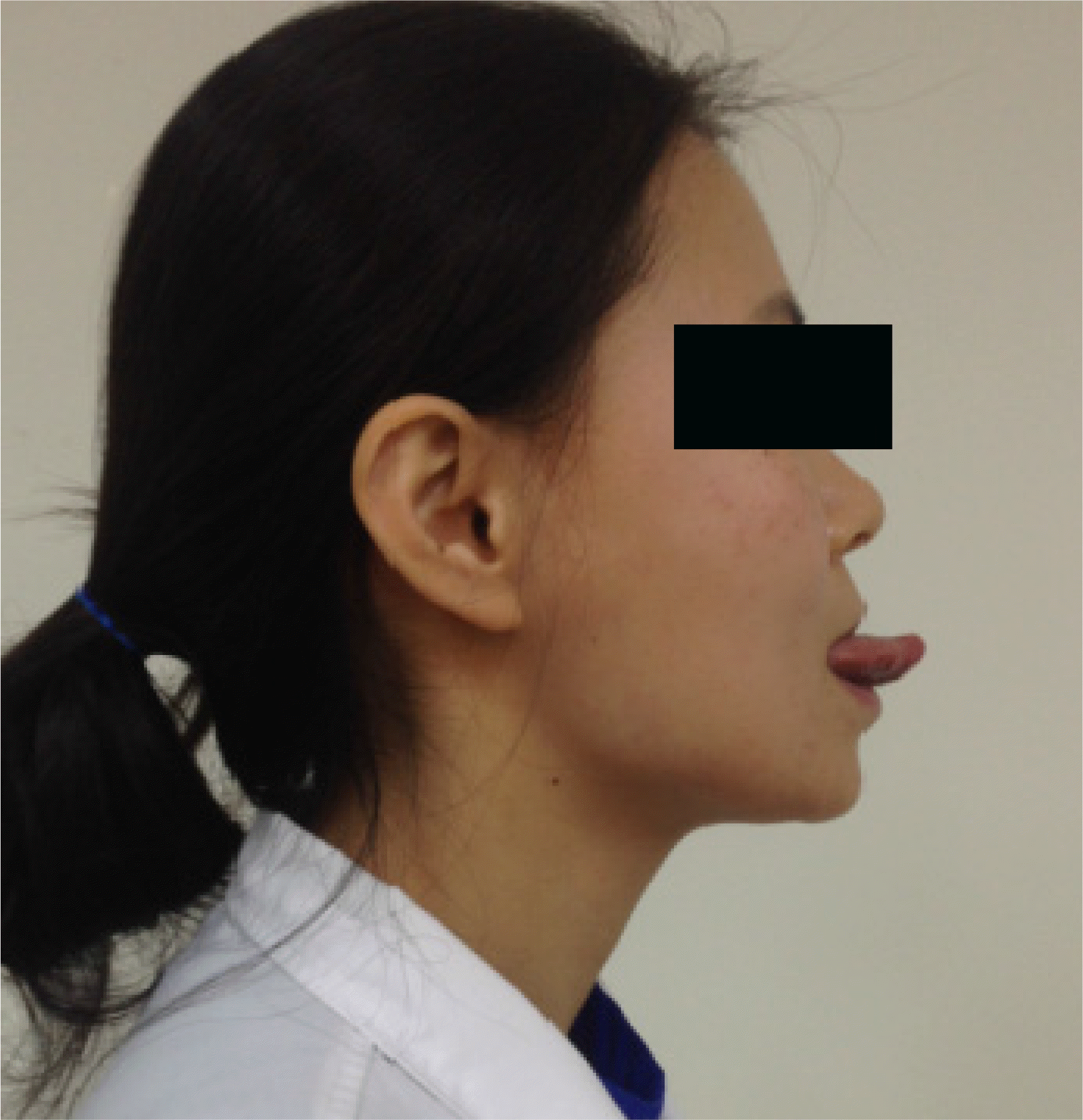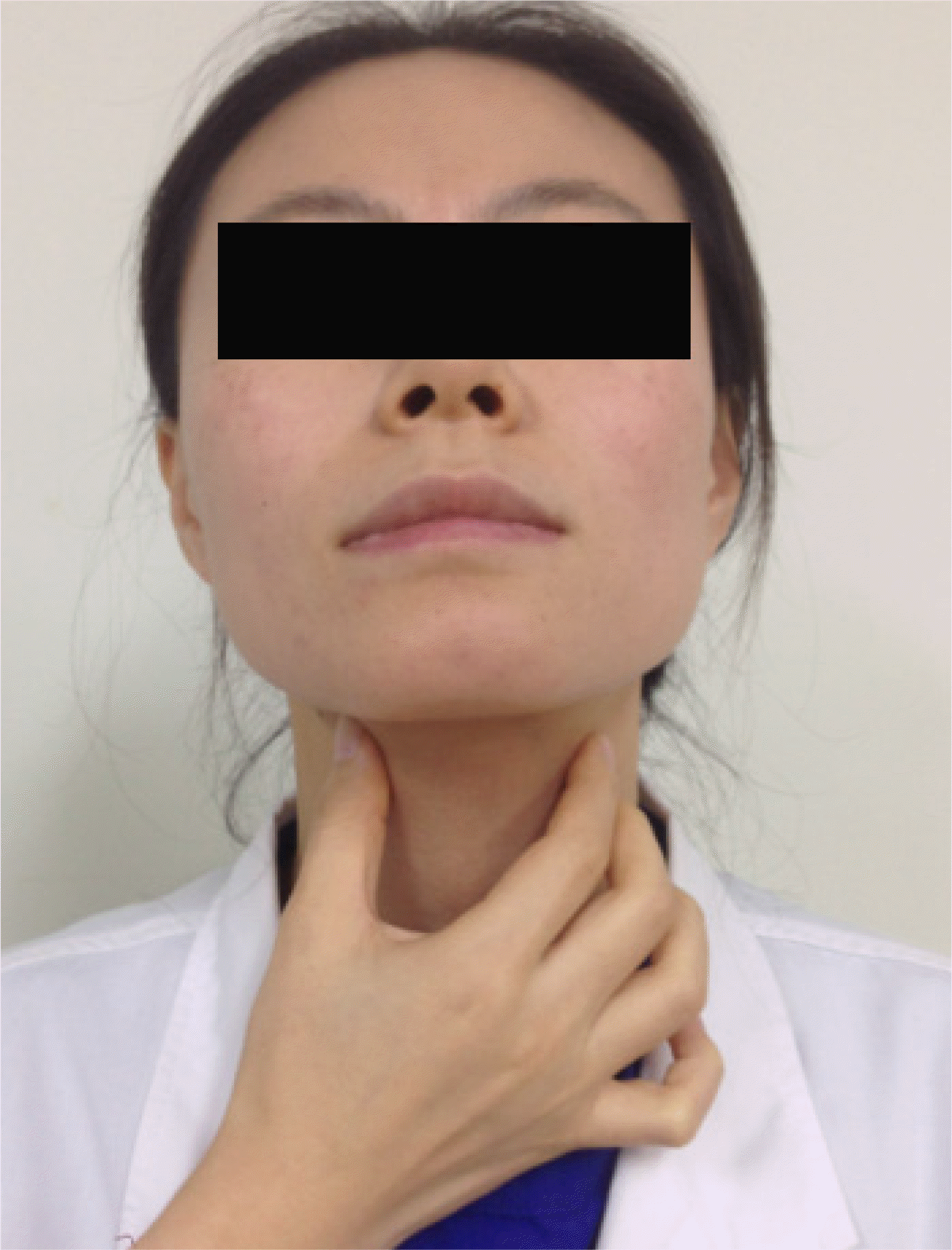Abstract
Background
Dysphagia is a common complication in stroke patients. This study aimed to investigate the effects of the tongue-holding maneuver over an 8-week period on the swallowing function in stroke patients.
Methods
Twenty-eight stroke patients with dysphagia diagnosed within 1 year were randomly allocated to the experimental or control groups. The experimental (n=15) and control groups (n=13) performed the tongue-holding and Mendelsohn maneuver, respectively. And both groups additionally participated in traditional dysphagia therapy. The maneuvers were conducted for thirty minutes a day, five days a week, for six weeks, totaling forty sessions. Swallowing function with the functional dysphagia scale and swallowing pain with the visual analogue scale between the 2 groups were tested by chi-square tests, Mann-whitney testes, and Wilcoxon signed rank tests.
Results
The general characteristics, including age, sex, and disease history, between the two groups did not differ. After 8 weeks of intervention, swallowing function at the oral phase and the pharyngeal phase and the total score was significantly improved in both experimental and control groups. Also, swallowing pain decreased significantly in both groups. However, the change to swallowing function and pain between the groups were not different.
Go to : 
REFERENCES
1.Statistics Korea. Cause of death statistics. Daejeon: Statistics Korea;2013.
2.Kang BM., Kwon HC., Kim H., Cho YN. Effect of orofacial exercise on the swallowing function of stroke patients. J Korean Soc Occup Ther. 2013. 21(1):57–69.
3.Paciaroni M., Mazzotta G., Corea F, et al. Dysphagia following stroke. Eur Neurol. 2004. 51(3):162–67.

4.Song YG., Lee HS., Jung WM. Swallowing disorder. Seoul: Gyechukmunhwasa;2007.
5.Chon JS., Chun SI., Kim DA., Bae HS. Clinical evaluation of dysphagia in stroke patients (1). Ann Rehabil Med. 1996. 20(2):305–11.
6.Hah JH., Chang H. Interventional management of post-stroke dysphagia. JKDS. 2014. 4(1):11–7.
7.Silva AC., Fabio SR., Dantas RO. A scintigraphic study of oral, phatyngeal, and esophageal transit in patients with stroke. Dysphagia. 2008. 23(2):165–71.
9.Logemann JA. Evaluation and Treatment of Swallowing Disdorders-2e. Seoul: Hakjisa;2007.
10.Huckabee ML., Cannito MP. Outcomes of swallowing rehabilitation in chronic brainstem dysphagia: A retrospective evaluation. Dysphagia. 1999. 14(2):93–109.

11.Yoon IJ. Rehabilitation techniques for dysphagia. JKDS. 2012. 2(1):8–13.
12.Bodén K., Hallgren A., Witt Hedström H. Effects of three different swallow maneuvers analyzed by videomanometry. Acta Radiol. 2006. 47(7):628–33.

13.Lee SJ., Kim SY. Comparison of menselshon maneuver and electrical stimulation on swallowing ability of the stroke patients with dysphagia. KADR. 2010. 2(1):47–56.
14.Woo JH., Jeong WM., Kim YK., Koo JW. The relevant factors and effect of swallowing function on oropharyngeal stimulation program in stroke patients with swallowing disorder. J Korean Soc Occupational Therapy. 2009. 17(4):1–12.
15.Fujiu M., Logemann JA. Effect of a tongue-holding maneuver on posterior pharyngeal wall movement during deglutition. Am J Speech Lang Pathol. 1996. 5(1):23–30.

16.Doeltgen SH., Witte U., Gumbley F., Huckabee ML. Evaluation of manometric measures during tongue-hold swallows. Am J Speech Lang Pathol. 2009. 18(2):65–73.

17.OH JC., PARK JW., CHA TH., WOO HS., KIM DK. Exercise using tongue-holding swallow does not improve swallowing function in normal subjects. J Oral Rehabil. 2012. 39(5):364–9.

18.Woo HS., Chang KY., Oh JC. The effects of eight-week tongue-holding maneuver program on activation of swallowing-related muscles. J Korean Soc Occupational Therapy. 2014. 22(1):53–63.

19.Kisner C., Colby LA. Therapeutic exercise: Foundations and techniques. Philadelpia, PA: F.A. Davis Company;2007.
20.Kim YH., Han TR., Jung HY, et al. Clinical practice guideline for stroke rehabilitation in Korea. Brain Nuerorehabil. 2009. 2(1):1–38.

21.Radomski MV., Latham CAT. Occupational therapy for physical dysfunction. 6th ed.Lippincott Williams & Wilkins;2008.
22.Park YG., Cha TH., Jung MY. Rehabilitation dysphagia therapy for individuals with dysphagia. J Korean Dysphagia Soc. 2011. 1(1):31–8.
23.Park JS., Jeong CH., Oh DH. Effect of tongue pressure resistance training on tongue strength, swallowing function and dietary stage of chronic stroke patients with dysphagia. J Korean Soc Occupational Therapy. 2014. 22(3):11–24.

24.Lee YS., Byun YS., Choi JH., Ahn HJ. Evaluation of masticatory efficiency and oral health related quality of life in temporomandibular disorder patients. J Oral Med Pain. 2010. 35(2):135–47.
25.Lee EH., Choi JY. Development and utilization of assessment and intervention checklist for post-stroke dysphagia. Korean J Adult Nurs. 2013. 25(2):113–24.

Go to : 
Table 1.
Basic characteristics of subjects
Table 2.
Comparison of changes on the functional dysphagia scale before and after intervention




 PDF
PDF ePub
ePub Citation
Citation Print
Print




 XML Download
XML Download